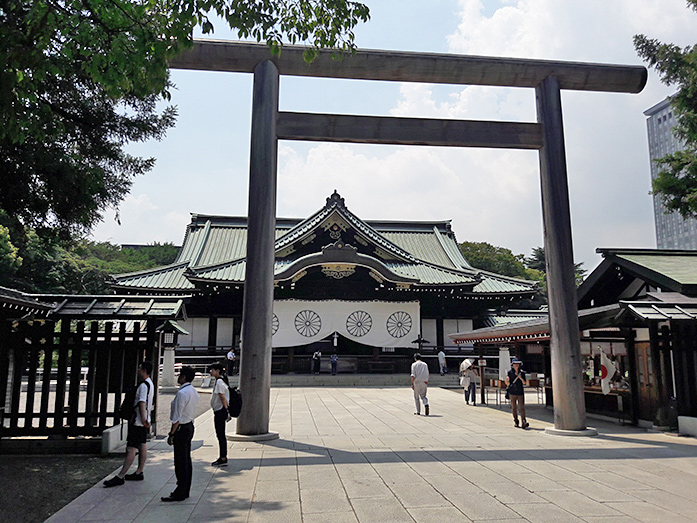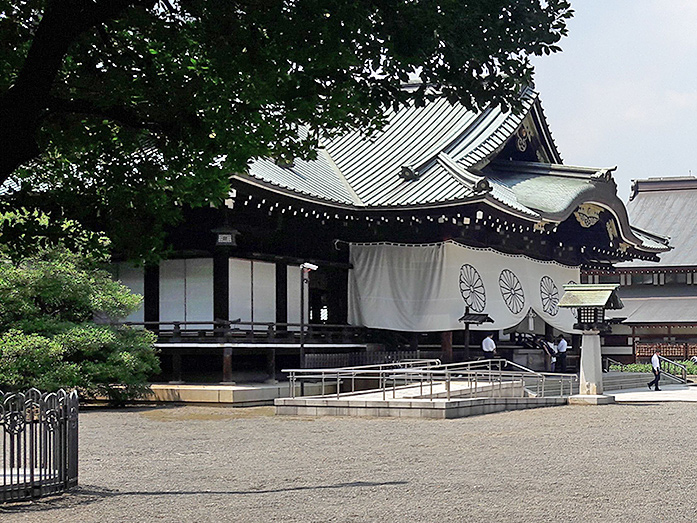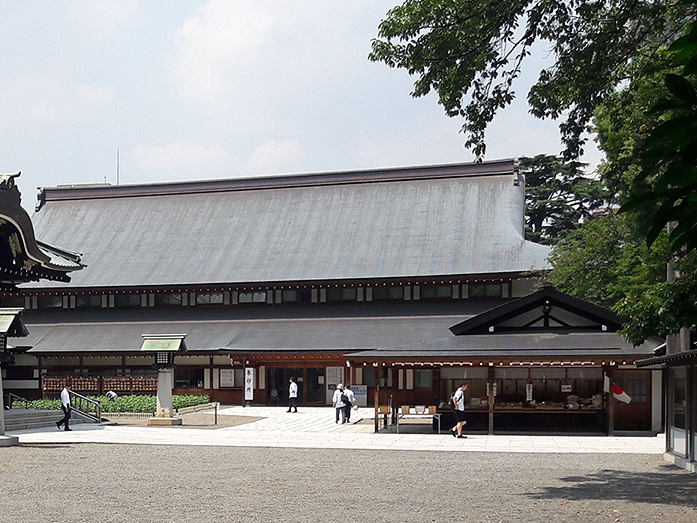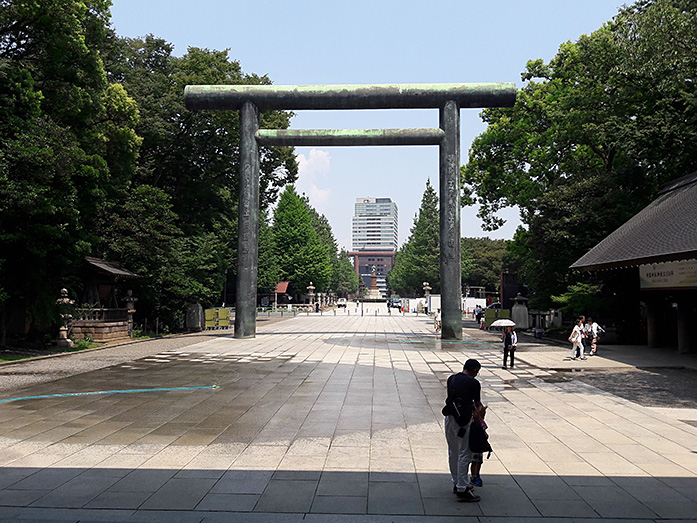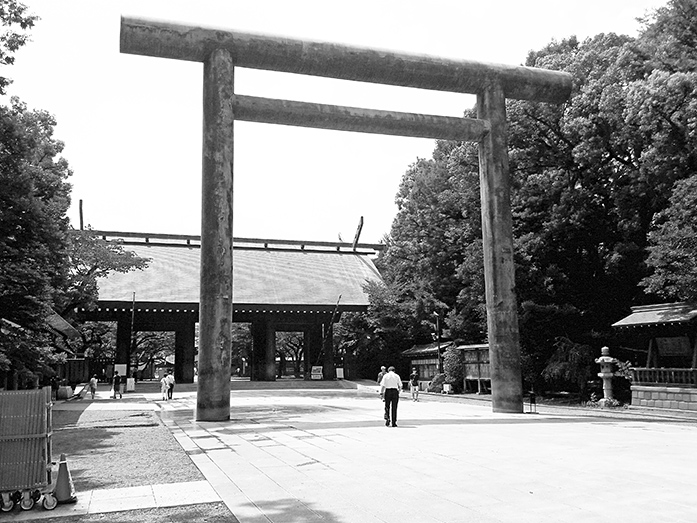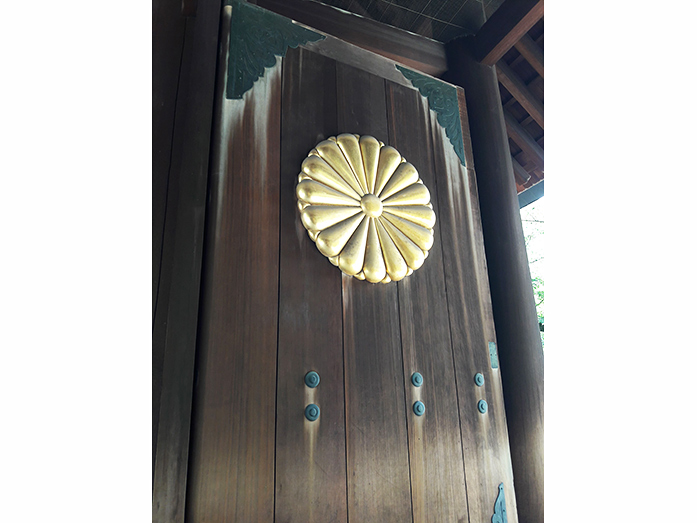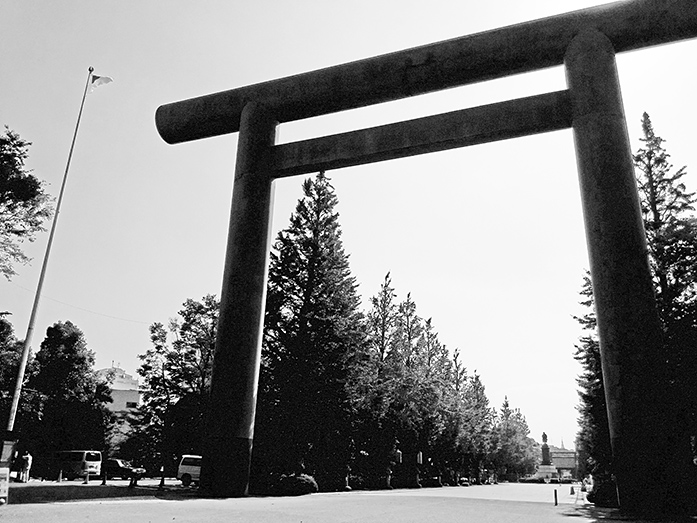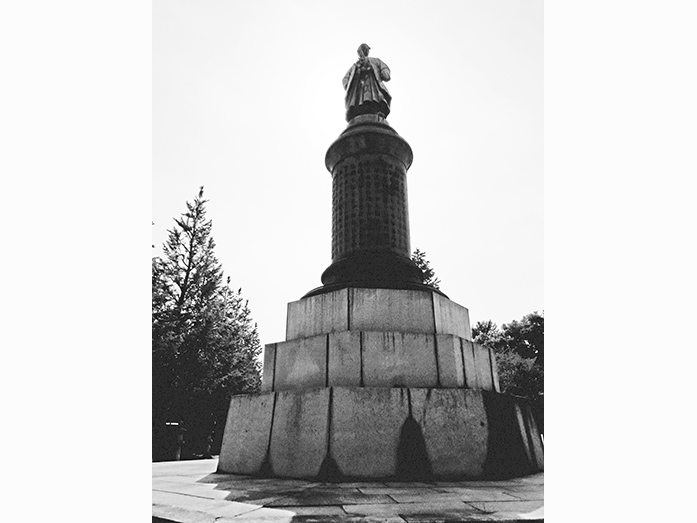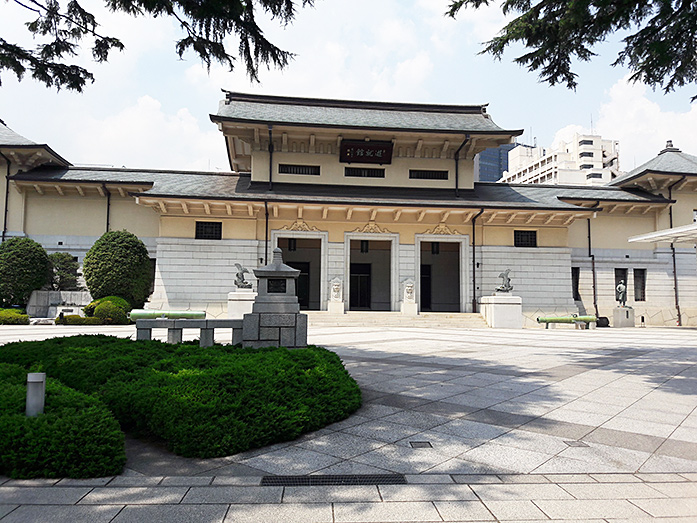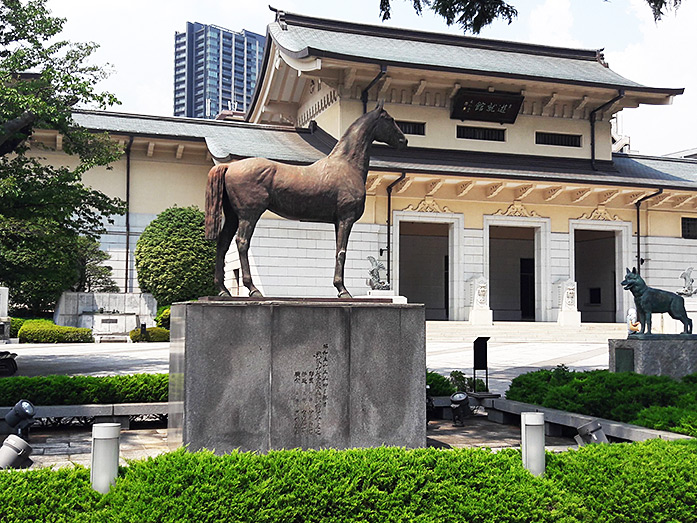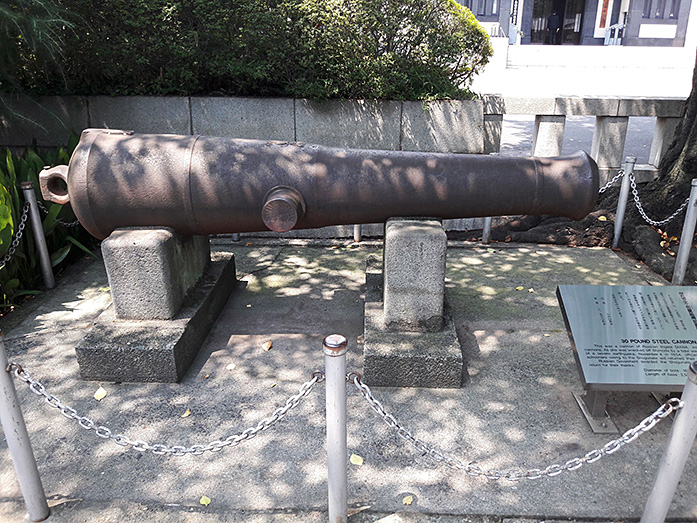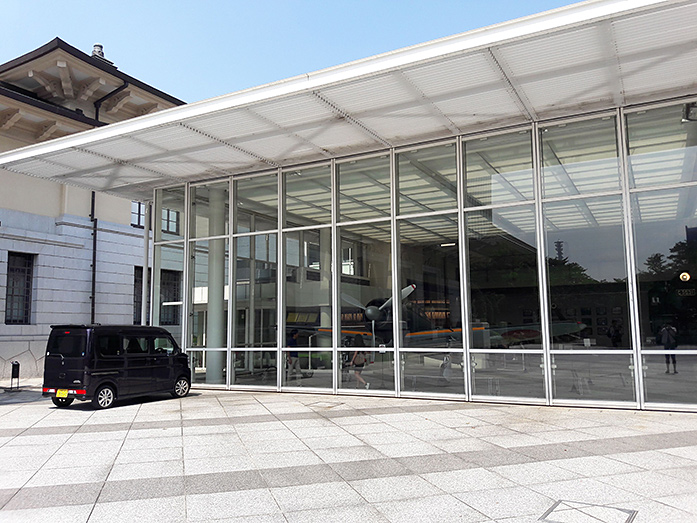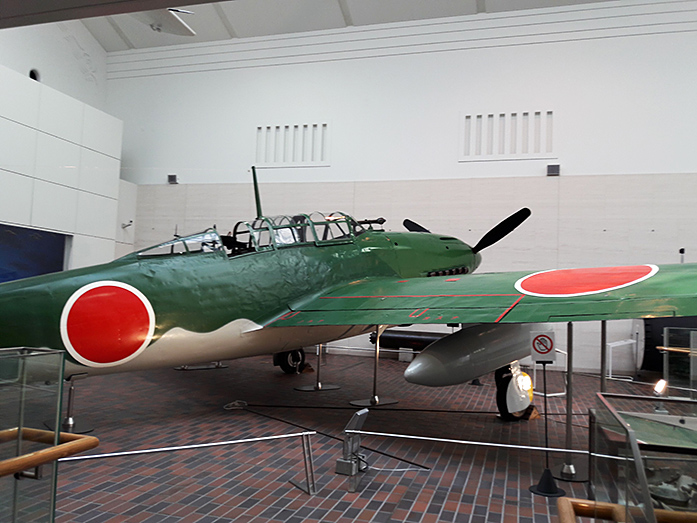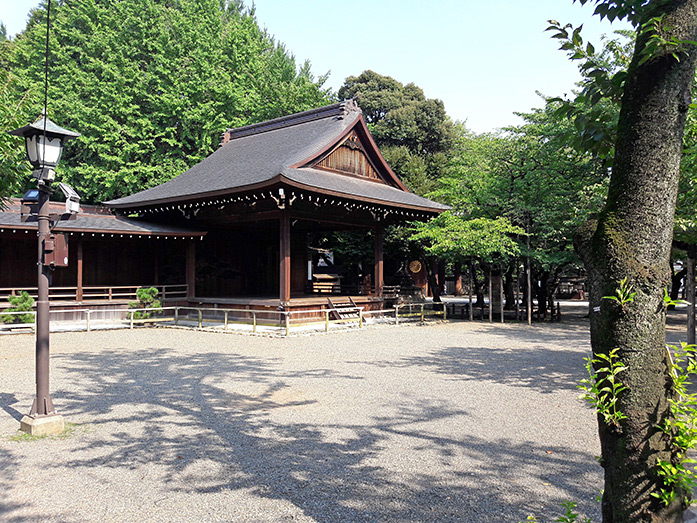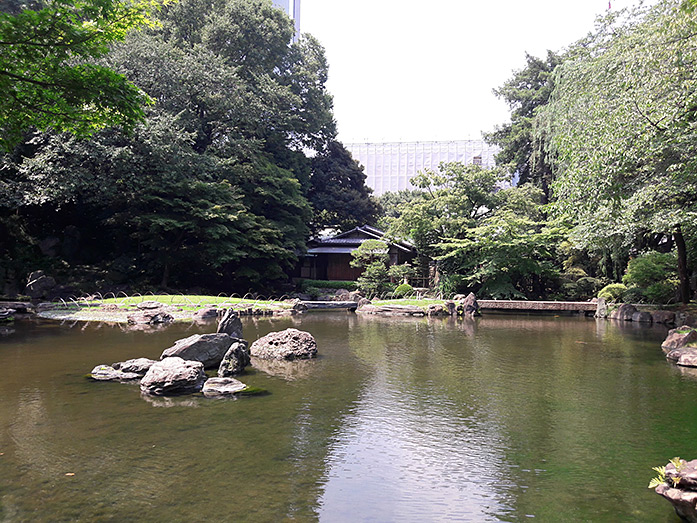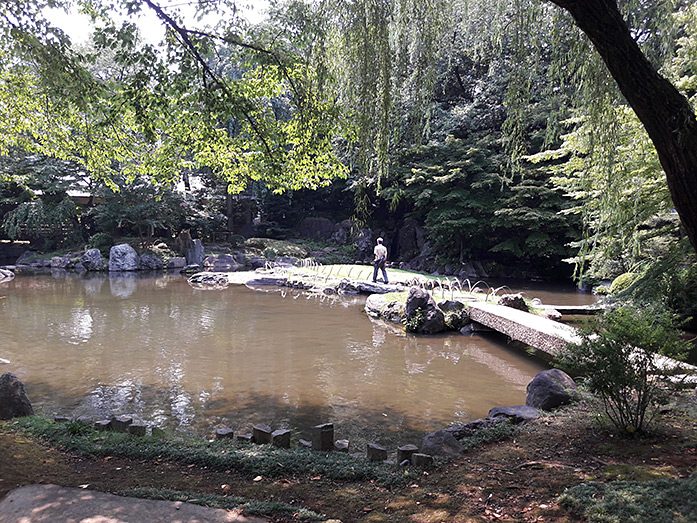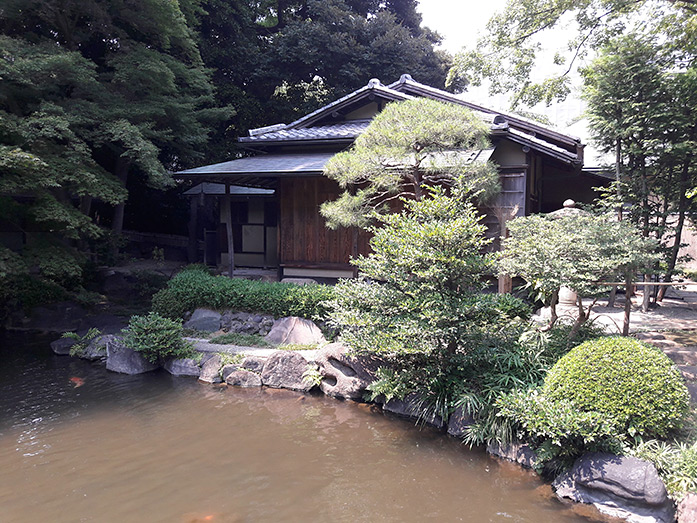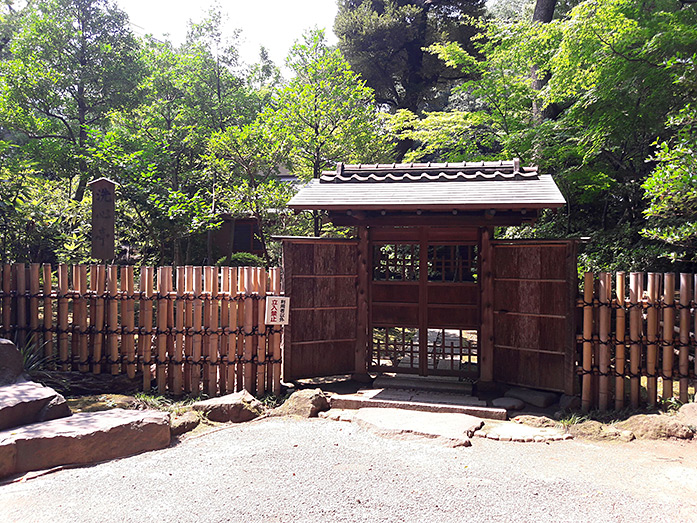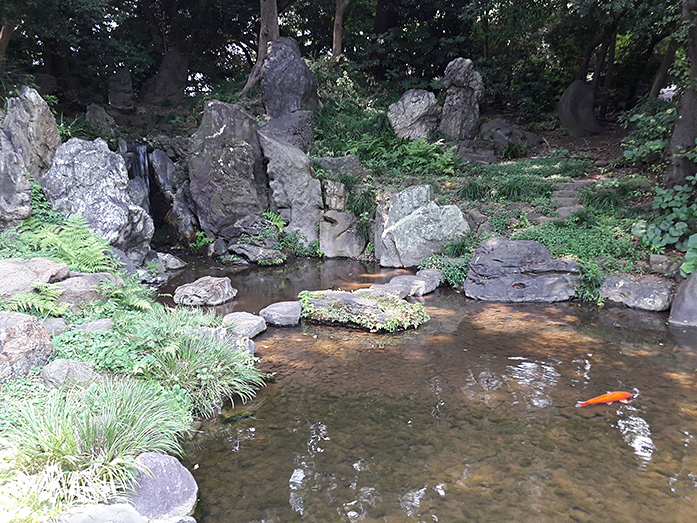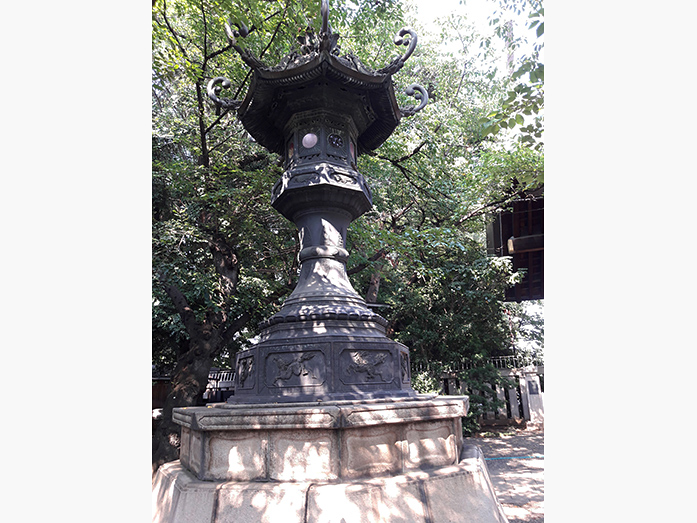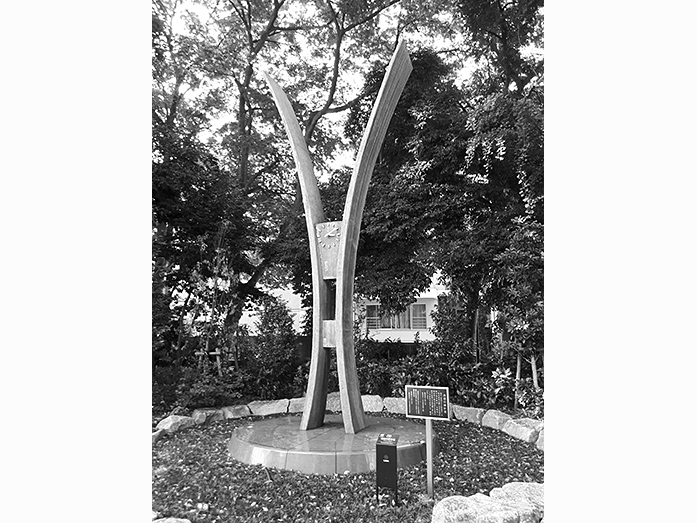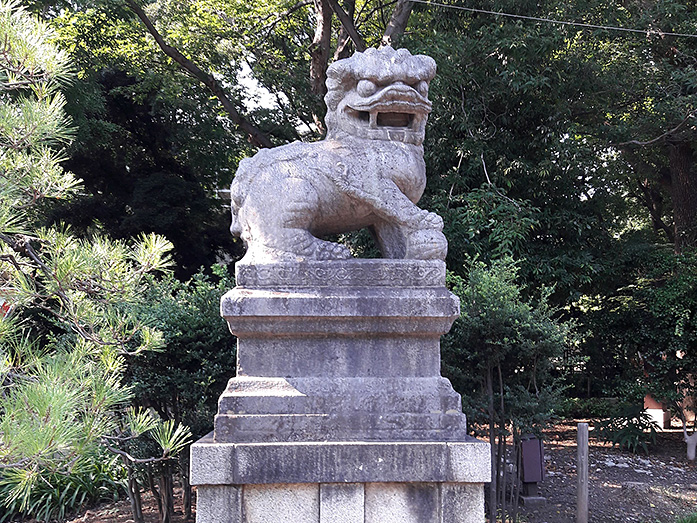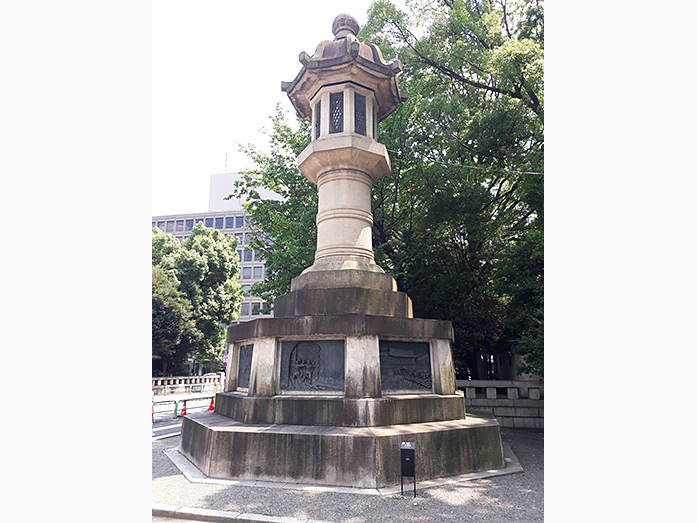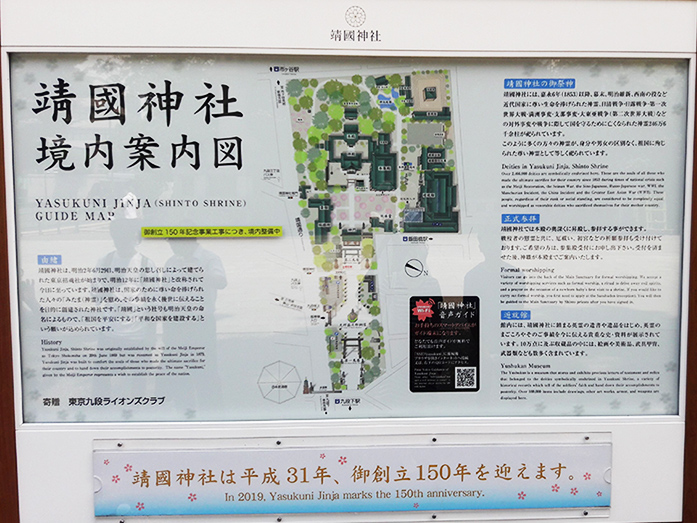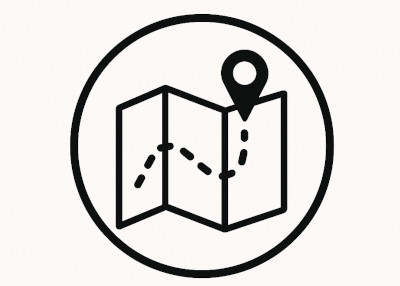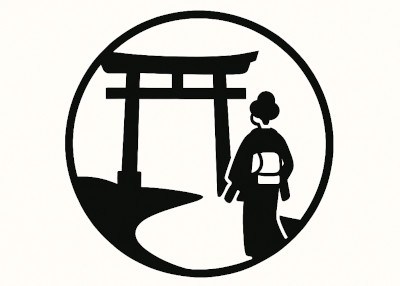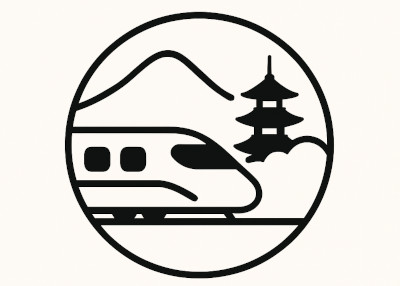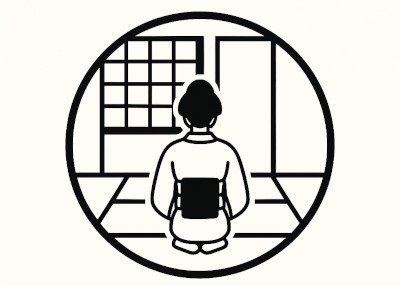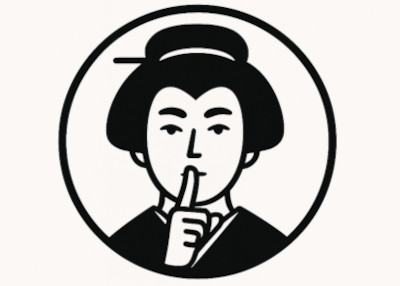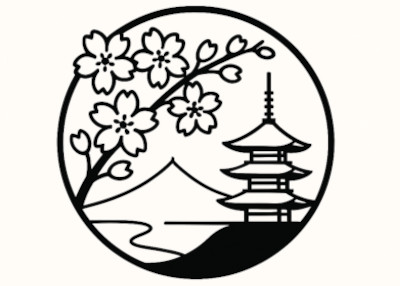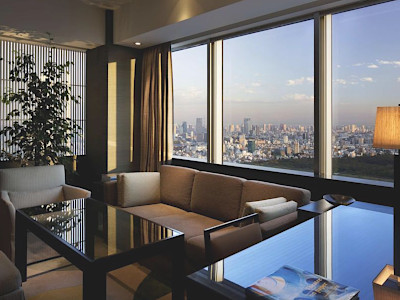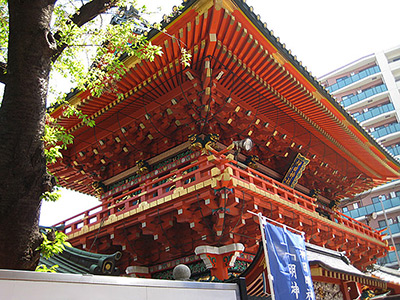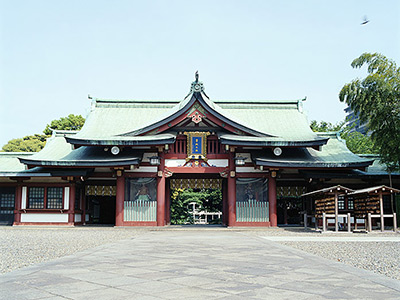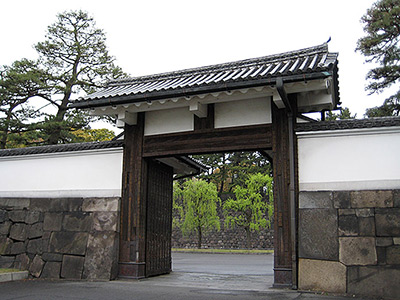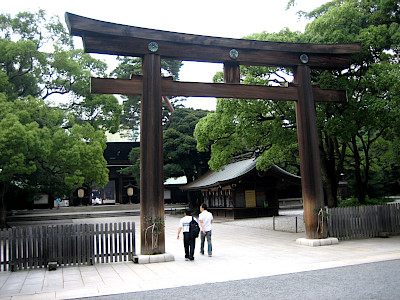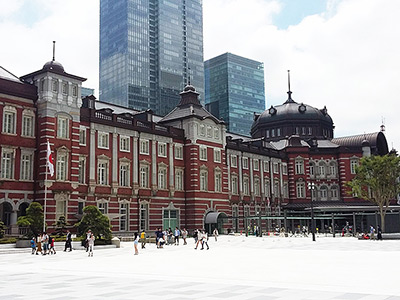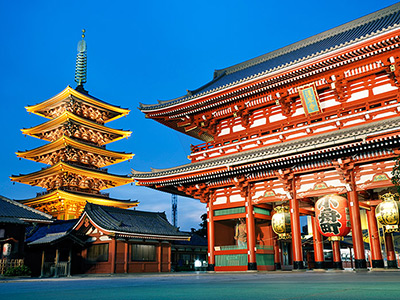Yasukuni Shrine in Tokyo
This post can contain affiliate links, which means that we may receive a small commission if you make a purchase using these links.
Facts & Figures
Yasukuni Shrine (Imperial Shrine of Yasukuni) is a Shinto Shrine within the Chiyoda District in Tokyo. Yasukuni is the second largest shrine complex in Tokyo after the Meiji Shrine.
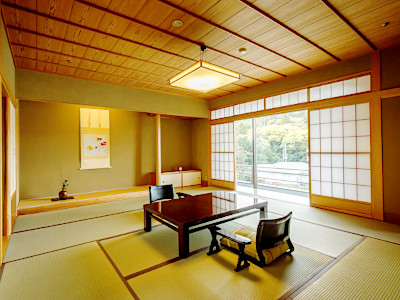 Best Places to Stay in Tokyo >
It was built to remember the soldiers who gave their lives for the emporer and the country. The shrine complex covers an area of over 60000 square meters. The spirits of millions of people are enshrined here who died during Boshin War (1868 – 1869), Satsuma Rebellion (1877), the First Sino-Japanese War (1894 - 1894), the Russo-Japanese War (1904 - 1905), WW1 (1914 - 1918), the Mukden Incident/Manchurian Incident (1931 - 1932), the Second Sino-Japanese War (1937 - 1945) and the Pacific War/Asia–Pacific War (1941 - 1945). Four large gates (torii) can be found at Yasukuni Shrine, which are Chumon Torii, Shinmon, Daini Torii and Daiichi Torii. My tip: The shrine area is also known as one of the best cherry blossom spots in Tokyo.
Best Places to Stay in Tokyo >
It was built to remember the soldiers who gave their lives for the emporer and the country. The shrine complex covers an area of over 60000 square meters. The spirits of millions of people are enshrined here who died during Boshin War (1868 – 1869), Satsuma Rebellion (1877), the First Sino-Japanese War (1894 - 1894), the Russo-Japanese War (1904 - 1905), WW1 (1914 - 1918), the Mukden Incident/Manchurian Incident (1931 - 1932), the Second Sino-Japanese War (1937 - 1945) and the Pacific War/Asia–Pacific War (1941 - 1945). Four large gates (torii) can be found at Yasukuni Shrine, which are Chumon Torii, Shinmon, Daini Torii and Daiichi Torii. My tip: The shrine area is also known as one of the best cherry blossom spots in Tokyo.
- Yasukuni Shrine
- Open - daily from 6:00 am to 6:00 pm (March to October)
- Open - daily from 6:00 am to 5:00 pm (November to February)
- Admission Fee - free
- Yushukan Museum/Japanese War Museum
- Open - daily from 9:00 am to 4:30 pm (March to October)
- Open - during Mitama Festvals (13. - 16. July) from 9:00 am to 9:00 pm
- Closed - some days in June and December
- Admission Fee - 1000 yen (Adults), 500 yen (University Students), 300 yen (High School Students)
History
Yasukuni Shrine (Yasukuni Jinja) was founded in 1869. The Shinto shrine was commissioned by the Emperor Meiji (1852 - 1912) to honor soldiers who died in the Boshin War during their service for the country. In 1881 the construction of the Yushukan War Memorial Museum was finished at the shrine grounds and in 1882 the museum was opened for the public. The shrine survived the heavy bombings during World War 2. The honden (main shrine) was refurbished in 1989.
Location

Yasukuni Shrine is located near the Kudanshita Station within the Chiyoda district in Tokyo.
Address: 3-1-1 Kudankita, Chiyoda, 102-8246 Tokyo
How to get to Yasukuni Shrine?
- Kudanshita Station is served by Hanzomon Subway Line, Marunouchi Subway Line and Toei Shinjuku Subway Line
- 3min from Kudanshita Station to Yasukuni Shrine
Sightseeing spots
within the Yasukuni shrine complex:
Main Hall (Haiden) - The prayer hall was constructed in 1901. Whorshippers come here to pay their respect to the war dead. The roof was renewed in 1989.
Honden Main Shrine - Unfortunately this shrine is usually closed for the public and only Shinto priests are allowed to go inside. It was built in 1872 and refurbished in 1989.
Sanshuden (Assembly Hall) - Sanshuden was rebuilt in 2004 and offers individuals and groups waiting rooms before they start praying at the Main Hall.
Tochakuden (Reception Hall) - The building is located behind the Sanshuden (Assembly Hall).
Yushukan Museum/Japanese War Memorial Museum - The current building dates back to 1932. The original one was built in 1882 and completely destroyed in 1923 by the Great Kanto earthquake. The exhibition shows war-related artifacts and documents with a conservative/nationalistic perspective. All the necessary informations are available in English.
Sacred Pond Garden (Shinchi Teien) - I really liked this traditional Japanese garden with its 3 teahouses (Kountei, Senshintei and Seisentei) located around a pond. Shinchi Teien was created in the end of the 19th century (Meiji period). In 1999 the whole garden area was completely renovated.
Daiichi Torii/Great Gate - Daiichi Torii was constructed in 1921. The first gate of the Yasukuni Shrine is made out of steel and it is with an height of 25 meters and a width of 34 meters a really impressive sight and one of the tallest in Japan. Close to the gate you will find a long line of stone lanterns with the name of people who supported and donated for the shrine.
Shinmon - The 6m high gate was built in 1934 by the famous architect Ito Chuta (1867 - 1954) and completely renovated in 1994. It is made out of Japanese Hinoki cypress wood and covered with a traditional shrine style tiled roof. A special highlight are the two golden Chrysanthemum crest (Kiku no Gomon) attached to the swinging doors. These Imperial Seals of Japan have each an diameter of 1.5m .
Daini Torii/Second Shrine Gate - It is the largest bronze gate in Japan and was constructed in 1887 to replace a wooden torii.
Chumon Torii/Third Shrine Gate - The wooden torii is located at the entrance of the Main Hall (Haiden). The current gate was constructed in 2006.
Omura Masujiro Statue - The first ever Western-style bronze statue in Japan was created in 1896 to honor Omura Masujiro (1824 - 1869) the first Minister of War also known as the founder of the Imperial Japanese Army after the Meiji Restoration. He was also the driving force behind establishing the Yasukuni Shrine.
2 Huge Stone Lanterns - Each of those stone lanterns are 12.4 meters high, which makes them Japan´s largest. They were built in 1935 to honor the Army and Navy.
Nogakudo Noh Theater - In the beginning Nogakudo Noh Theater was located within the Shiba Park near Zojoji Temple in Tokyo. Nogakudo was constructed in 1881 and later relocated to the Yasukuni Shrine. Since 1903 the theater is part of the shrine complex. The material used for the traditional Noh stage is wood of Japanese Hinoki cypress. Here you can enjoy open air performances during festivals with actors using masks and distinct voices for their stage play.
Horse Commemoration Statue - This statue was donated in 1958 to remember horses that were killed during wartimes.
Festival & Events at Yasukuni Shrine (dates can change without notice)
April
The Annual Ceremonial Sumo Tournament (15th)
The tradition for this Sumo Tournament started in 1869. 100 sumo wrestlers will participate.
July
Mitama Matsuri (13th - 16th)
Mitama Matsuri is one of Tokyo´s biggest Obon festivals. It is in the Buddhist tradition a memorial service for everyone´s ancestors and over 30000 lanterns are offered.
The highlight of the festival is without doubt watching the teams carrying huge mikoshi (portable shrines) along the pathway leading to the main shrine.
August
End of War Anniversary (15th)
Every year white pigeons are released to wish/pray for world peace.
October
Shuuki Reitaisai (17th - 20th)
The Autumn Grand Festival offers Noh theater shows, traditional dance performances, the archery ritual Kusaji and tea offering ceremonies (Kencha).
every month (besides April)
Flea Market (weekly on Sunday)
Enjoy this flea market at the shrine complex.

